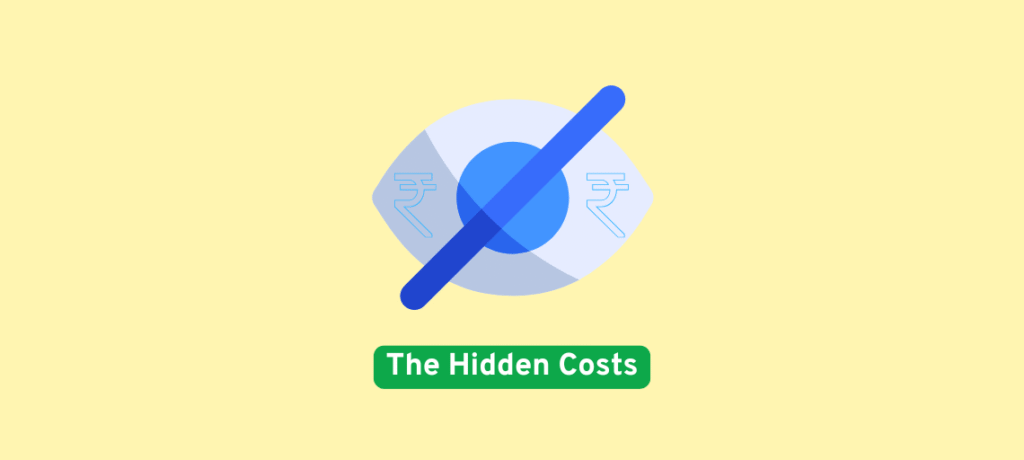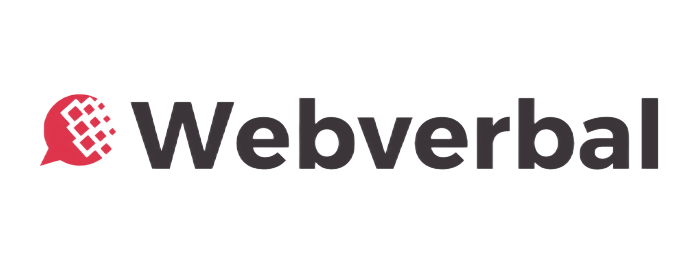Table Of Content
- It was December 2018.
- The Dream vs. Reality of E-commerce
- The Visible Costs
- Website & Tech Infrastructure
- Marketing & Customer Acquisition
- Logistics & Shipping
- The Hidden Costs Nobody Talks About
- Returns & Refunds
- Inventory Risk
- Compliance & Taxation
- Operational Chaos
- Psychological Cost
- My Biggest Lessons from Running Classystreet
- Cash Flow > Revenue
- Small, Controlled Inventory
- Start Small, Scale Cautiously
- Embrace the Indian Consumer Reality
- Protect Your Mental Health
- Advice to Aspiring E-commerce Entrepreneurs
- PS
- FAQs
- How much does it cost to start an e-commerce business in India?
- What are hidden costs in e-commerce in India?
- How can I reduce logistics costs for my online business?
- Is e-commerce profitable in India?
- What can I find on Webverbal?
- How often is the content updated?
- Why choose Webverbal for information?
It was December 2018.
I stood inside a modest warehouse in Bhubaneswar, surrounded by towering stacks of handloom sarees. The scent of raw silk hung in the air — comforting, yet suffocating. My warehouse manager handed me the latest stock report.
I scanned it, my chest tightening with every figure. I was sitting on dead stock worth ₹18 lakh. Beautiful products woven with stories, heritage, and artistry — but collecting dust because no one was buying them fast enough.
Everyone talks about how e-commerce gives you freedom, scale, and profit while you sleep. That day, all I saw was a warehouse that felt like a graveyard for my dreams.
Because the truth is: running an e-commerce business in India costs far more than money.
The Dream vs. Reality of E-commerce

When people think of starting an online business, they imagine:
- Passive income while they sip chai by the window
- Sales rolling in 24/7 from across the world
- An escape from bosses and corporate rat races
I thought that once too.
But in India, the reality is often different:
- Infrastructure chaos: Courier delays, rural pin codes that no one wants to service, and tech glitches during festival rush.
- Consumer unpredictability: Last-minute order cancellations, high returns, and customers who want to bargain even online.
- Policy surprises: GST rules that change overnight, compliance paperwork that feels endless.
Everyone wants the Shopify success story. Nobody tells you about the warehouse full of unsold stock in Cuttack.
The Visible Costs

Let’s start with the costs everyone expects — the ones you’ll see in every “Start Your E-commerce Business” YouTube video.
Website & Tech Infrastructure
- Monthly platform fees (Shopify, WooCommerce, custom builds)
- Hosting and security
- Payment gateway charges (sometimes 2-3% per transaction)
When I started Classystreet, we built the first version on WooCommerce. It felt affordable until I realized we were spending half our nights fixing plugins instead of growing sales. Eventually, we shifted to Shopify, paying more — but buying back my sanity.
Even then, payment gateway fees ate into margins. A ₹1,000 sale doesn’t mean ₹1,000 in your pocket.
Marketing & Customer Acquisition
If you think you’ll build it and they’ll come — they won’t.
You’ll pay for attention:
- Facebook ads
- Instagram promotions
- Google Shopping
- Influencer collaborations
At one point, our cost per purchase was ₹480… for a saree we sold at ₹600. Do the math. And that was before counting returns.
E-commerce marketing in India is an arms race — and unless you have VC money, you’re David against Goliaths spending crores monthly.
Logistics & Shipping
Shipping kills margins, especially in India where:
- Cash-on-delivery (COD) is still king
- Return rates are high
- Courier partners charge both ways for returns
I’ve shipped ₹2,000 sarees to customers, only to see them returned because “the color looked different on screen.” Logistics partners still charged me for pickup, delivery, and return — triple whammy.
The Hidden Costs Nobody Talks About

The numbers above are just the surface. It’s the hidden costs that truly test your resilience as a founder.
Returns & Refunds
In India, online shopping can feel like window shopping. Many customers order on impulse, then change their minds.
Once, a customer ordered five sarees for a wedding. After the event, she returned all five — unused, but claiming she didn’t “like the color in daylight.”
I refunded her, lost shipping costs both ways, and sat with opened products I could no longer sell as “new.”
Inventory Risk
Dead stock is the silent killer of e-commerce businesses.
Artisan products like ours are beautiful — but trends change. Colors fall out of favor. Weavers change patterns. Festivals drive surges and slumps.
Inventory isn’t just money locked away. It’s your freedom trapped in cardboard boxes.
Compliance & Taxation
Running an online store in India means:
- GST filings every month
- State-specific e-way bills
- Surprise compliance notices
I’ve lost days — entire days — dealing with tax filings instead of growing my business. And god help you if you miss a compliance date.
Operational Chaos
Nobody talks about:
- Staff training
- Photography costs
- Handling artisan delays
- Tech crashes during sales events
Every “Great Indian Festival Sale” you see? Behind it are founders praying their websites don’t collapse under traffic spikes.
Psychological Cost
The heaviest cost of all.
As a founder:
- You fear cash flow drying up.
- You feel guilt missing time with family.
- You question your own worth when sales fall.
I’ve stood on my factory floor, watching looms clatter, thinking: Is it worth it? Or am I just sacrificing peace for a business that owns me?
My Biggest Lessons from Running Classystreet

Cash Flow > Revenue
Top-line revenue looks pretty on pitch decks. But cash flow is survival.
I’d rather run a business doing ₹10 lakh monthly cash flow positive — than ₹1 crore in sales but bleeding cash.
Small, Controlled Inventory
Early days, I went wide — thousands of SKUs, hundreds of colors. Bad idea.
Now I keep collections lean. Test demand first, then scale. Less money trapped in dead stock.
Start Small, Scale Cautiously
Don’t throw lakhs into Facebook ads without proof your product resonates. Test with ₹5,000. See real conversions first.
Embrace the Indian Consumer Reality
COD is not going away tomorrow. Indian consumers love trust and personal connection. Build those first.
Protect Your Mental Health
No business is worth your health. I practice 10 minutes of silence daily. Journaling saved my mind when things felt darkest.
Advice to Aspiring E-commerce Entrepreneurs
If you dream of running an online business in India, don’t be discouraged.
E-commerce is not a scam. It’s not impossible. It’s simply not easy.
Go in with open eyes:
- Be ready for invisible costs.
- Keep your product range small and tight.
- Know your numbers — cash flow is king.
- Build authentic trust with customers.
- Protect your mental health as fiercely as your profits.
Even after the sleepless nights, the stress, and the ₹28 lakh dead stock, I still believe in this path.
Because when a single artisan calls to say your platform helped him pay his daughter’s school fees — it reminds you why you started.
PS:
If you’re building your own online business — share your story with me. Let’s make this journey a little less lonely.
— Debansh
FAQs
How much does it cost to start an e-commerce business in India?
- For a small, lean operation: ₹50,000–₹2 lakh minimum.
- For a brand with inventory, professional photography, and initial ads: ₹5 lakh–₹10 lakh or more.
What are hidden costs in e-commerce in India?
- High return rates
- Inventory holding costs
- Unexpected compliance fees
- Cost of managing COD payments
- Emotional stress
How can I reduce logistics costs for my online business?
- Negotiate bulk rates with courier partners
- Encourage prepaid orders
- Keep SKUs lightweight and compact
Is e-commerce profitable in India?
Yes — but only if you understand margins, keep costs low, and build deep customer trust. It’s not a get-rich-quick path.




